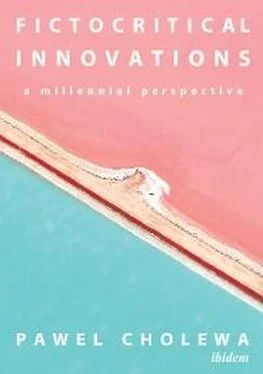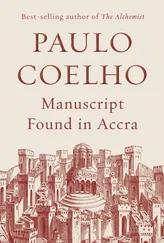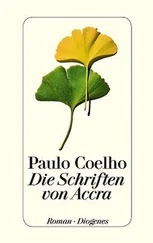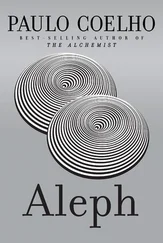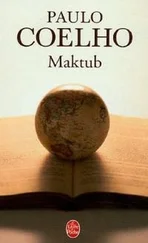Haas does actually propose a list of “textual markers” (30) for fictocriticism, and a reasonable, though pattered and mechanical “working definition” (59) of fictocriticism in his book, though he does not believe these “characteristics” are especially relevant or absolute due to their inconsistency “across the spectrum of fictocritical texts, which take a diverse range of experimental forms” (30). Thus, he does not offer distinct innovative markers either, which this book does. Hence, his working definition and “textual markers” fall short of actually defining the genre as it exists today. These markers can be considered relevant, particularly in relation to identifying and classifying my work.
The four main folios in this text are made up of fragments, stories, experiences and snapshots from my life, and placed or positioned into these four folios of specific interest as a working schema from the perspective of a Polish-Australian millennial between the ages of 25-30. The year each piece was constructed appear in parentheses beside their corresponding title to reflect the narrator/protagonist’s age at the time of construction, and generally all occur during the second decade of the twenty-first century. The significance of these four areas are that they are the factors that have most vividly made up my sense of an identity. These four areas relate to me, but also largely to the contemporary landscape of today’s zeitgeist , and are themes that appear in fictocriticism often (Muecke 2008; Raine 2009; Hancox and Muller 2011; Morgan 2012; Robb 2013).
Thesis One, “Examining the Fictocritical Value of Journeys: The Author Meanders”, is about journeys. This thesis, and the corresponding folio, questions if it is possible to innovate upon fictocriticism or if it is the ‘ultimate’ innovative genre, suggesting that there is a paradox between the theory surrounding fictocriticism, suggesting how ‘freeform’ it is, and how non-freeform it still seems to be due to its lack of theoretical boundaries. The theme of journeys is used as a strategy to convey the methodology of fictocriticism overall, as an untapped way of writing both personally and theoretically, with a unified and engaging double-voice. Attempts at pushing the threshold and parameters in differing experimental creative works advocate for what fictocriticism could be, and ask if it can be reinvented into something more stable, yet still evolve into a mode of writing that is engaging, identifiable and prominent within the academy.
In this section’s folio, the tropes of travel provide a critical vehicle, focusing on the restlessness of the creative self’s need to travel both physically and metaphysically, and look at the creative self’s experiences within different zones (locations, contexts, environments) with differing comfort levels. Most of these journeys occur within Australia, though some take place in Europe, South America and North America, but these locations are rarely made explicit within the narrative. The motif of the horizon is often used as a symbol for restlessness and the creative self’s constant need for motion and momentum. The fictocritical theory used in this thesis prominently features Stephen Muecke and Noel King (1991), Donna Maree Hancox and Vivienne Muller (2011) and Hamish Morgan’s paper “What Can Fictocriticism Do?” (2012) . Philosophies and approaches from Roland Barthes’ Mythologies (1957), Roland Barthes (1975) and A Lover’s Discourse (1977) are considered too. Multiple-authored fictocritical works in The Space Between: Australian Women Writing Fictocriticism (1998) are explored, as well as unique proto-fictocritical texts like Mark Z. Danielewski’s postmodern and metafictive writing in House of Leaves (2000), Stephen Muecke’s Joe in the Andamans: And other Fictocritical Stories (2008) and Josephine Rowe’s semi-autobiographical Tarcutta Wake (2012).
Folio Two is about family. This folio provides a (manufactured) context for my ‘self’ from the perspective of a first-generation Polish-Australian male, against the backdrop of a rather nationalistic and/or ‘authentic’ Polish (and migrant) heritage, background and legacy. The creative sequences in this folio aim to delve more deeply and metaphorically/symbolically into these issues and concept(ion)s, in a much more detailed and vivid way than could be established through a purely rational critical narrative. It articulates ‘skewed’ traditional Polish (and migrant) views, beliefs and attitudes and the conflict(s) created in a multi-generational family, via a constructed ‘persona’ called Lou. This thesis aims to find innovation in the contextualisation of fictocriticism. Most notably, in its antecedence in postmodernism and “metafictional strategies” (Waugh 22), its autobiographical characteristics in memoirs (Gaita 1999), anecdotes or use of the first-person (Smith 1001-02) and storytelling narratives (Muecke and King 14; Morgan 2012) primarily within the context of Polish and Australian landscapes, to provide a cultural context or diaspora in the history of some Polish/Australian (migrant) writing, and contextualising the author’s European-migrant ancestry and biased millennial voice, in a memoir-like narrative.
Folio One and Thesis One can be seen as diluting or bleeding into Folio Two and Thesis Two. They are both exegetical about my creative work (and comparing it to similar works) and they make their own distinct arguments. They (the folios and the theses) are alike and are about the nomad, who simultaneously cannot find his place at home with family, and who cannot escape himself abroad in the tangible and intangible pursuit of travel either. Hence, these sections remain inescapably hybridised in a way that I hope readers will not dislike.
Folio Three is about education and how the creative self was formally educated. It recalls specific experiences of being a Bachelor of Arts and Education (Secondary) undergraduate student at university from 2006 to 2010. The majority of the anecdotal, creative or abstract prose inserted into this folio relates to the narrator rebelling against some of his tertiary experiences, in a state of angst, hopefully creating a more compelling psychodrama within the narrative. It is where the idea of ‘purposeful purposelessness’ is most clearly introduced as a storytelling technique and narrative framework. The state of flux the creative self experiences in this folio stems from and identifies the same restlessness and exuberant anxiety, which arise from the culturally conflicted background of the first two folios, and which continue to pervade thematically into this folio and throughout this study overall. It utilises and adapts modes of fictocriticism inspired by Drusilla Modjeska’s The Orchard (1994) and other elemental fictocritical writings and theories by Anne Brewster, Katrina Schlunke, but primarily Anna Gibbs and her uninhibited enumerative, rhythmic, poetic and splicing approach to writing. Thesis Three uncovers some concrete and unambiguous traits of fictocriticism in its connections to education and pedagogy (Modjeska 1994; Brewster 2013), its similarities to more established academic modes like autoethnography (Walford 2004), its phraseology (Gibbs 311; Brewster 2013) and its observable need for a clear “narrative point” (Gibbs 2).
The title of Thesis Four, “Solutionism: Fictocriticism and the Digital World”, is derived from concepts by Evgeny Morozov (2012, 2013) and his wariness of technology. This sets a tone for this thesis’ corresponding folio and fictocriticism’s meandering inconclusive ways. The ‘experimental’ writing focuses on the disengagement contemporary society has with political news and information because of a preference for other, less intellectually challenging forms of entertainment offered by cable television, streaming movies, Netflix, digitised porn and the whole YouTube phenomenon. These ‘arguments’ also encompass the negative impacts of the Internet and social media sites such as Facebook, Instagram and Twitter. Thesis Four investigates some of the precise adaptations and changes that have occurred in fictocritical writing over time, particularly in the new millennium, contextualising the methodology in a more modern, technological, or ‘robotic’ era. This thesis shows how some of the fragmentary and freeform writings of Anna Gibbs, Marion Campbell and Alison Bartlett for instance, located in The Space Between , later began to exist in other tangible, less ambiguous mediums and forms, and how the vision of early pioneering fictocritics such as Anna Gibbs, Drusilla Modjeska, Amanda Nettelbeck and Heather Kerr, gradually evolved from their vague, unencumbered, yet highly ‘meta’ fictocritical beginnings, to the more deliberate and industrious “electric fictocriticism” (Robb 100) of the twenty-first century.
Читать дальше
